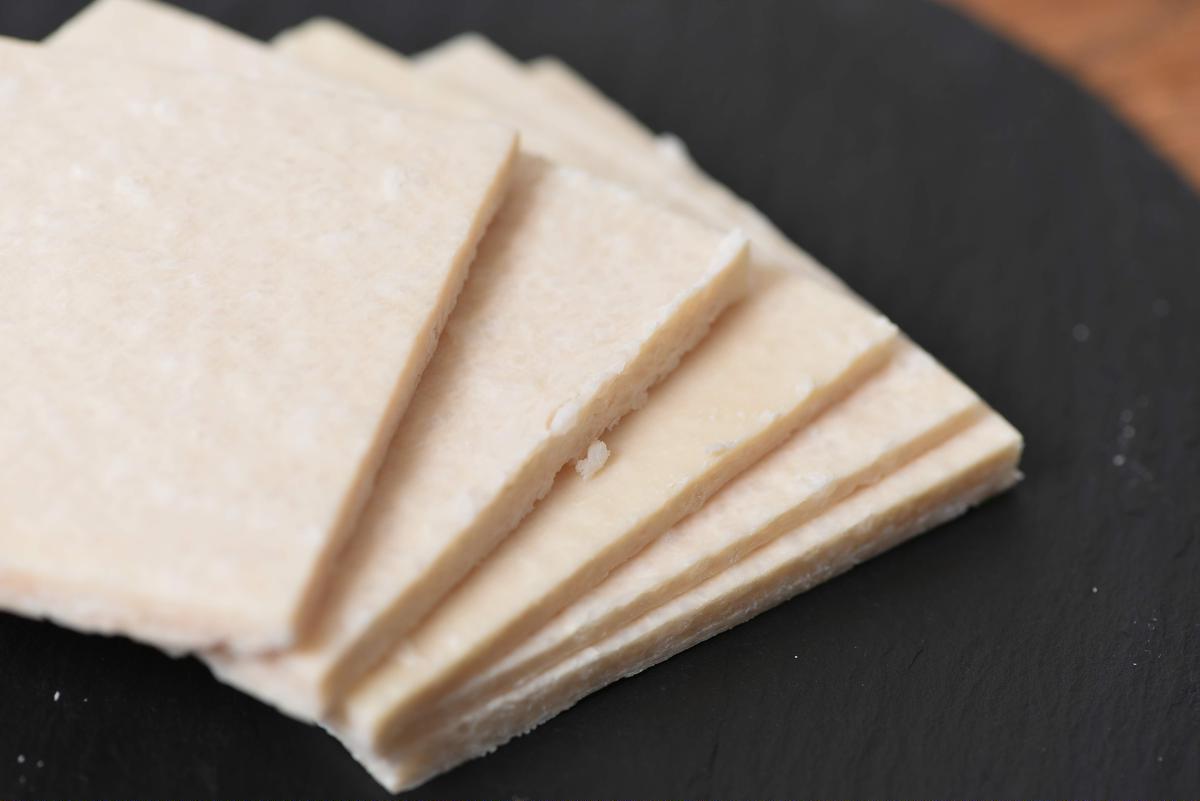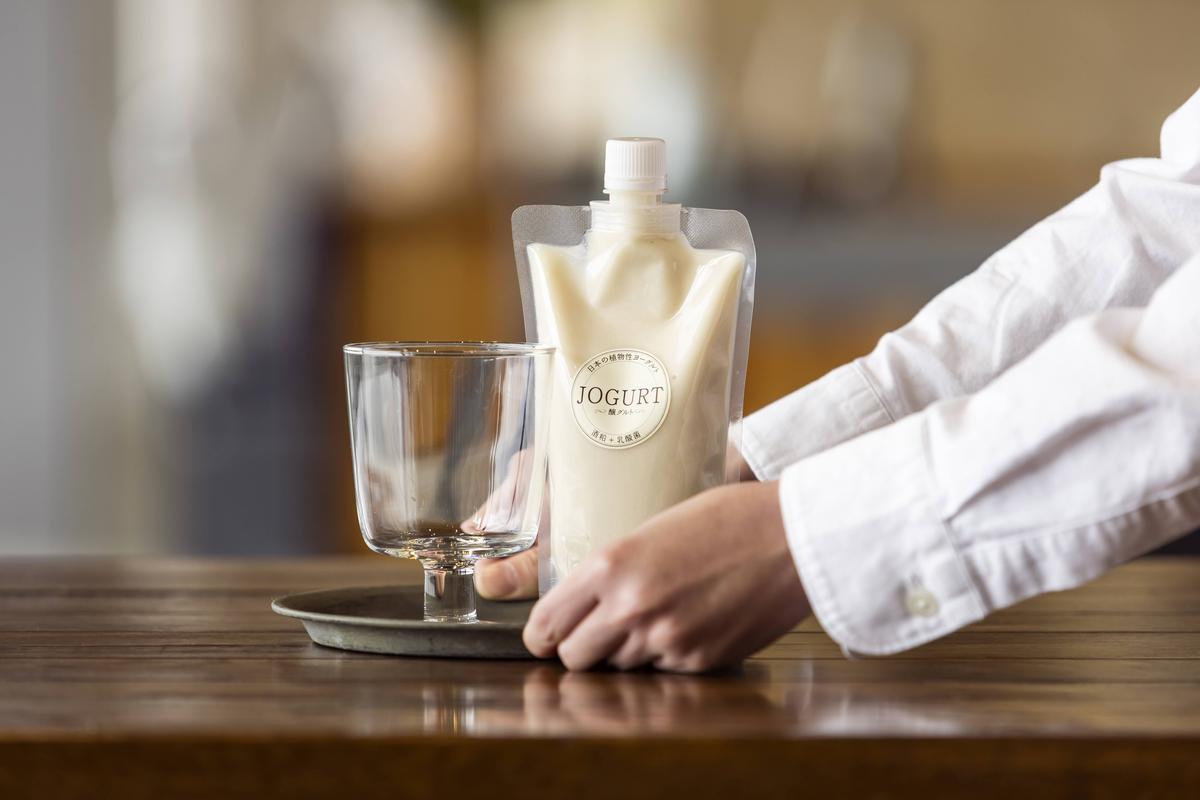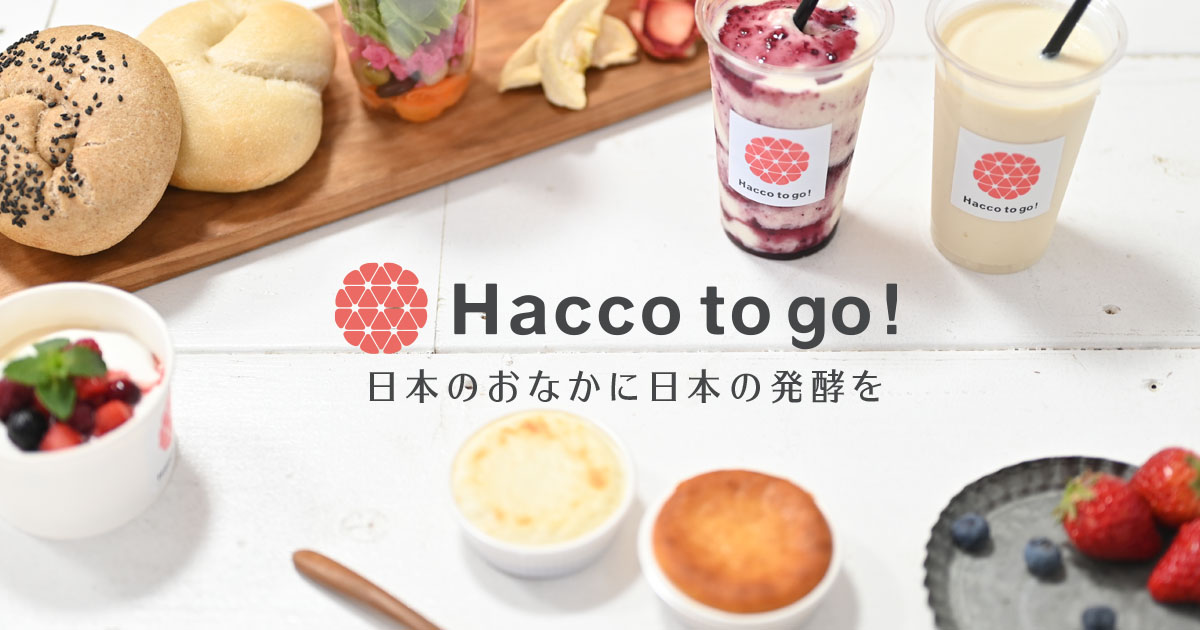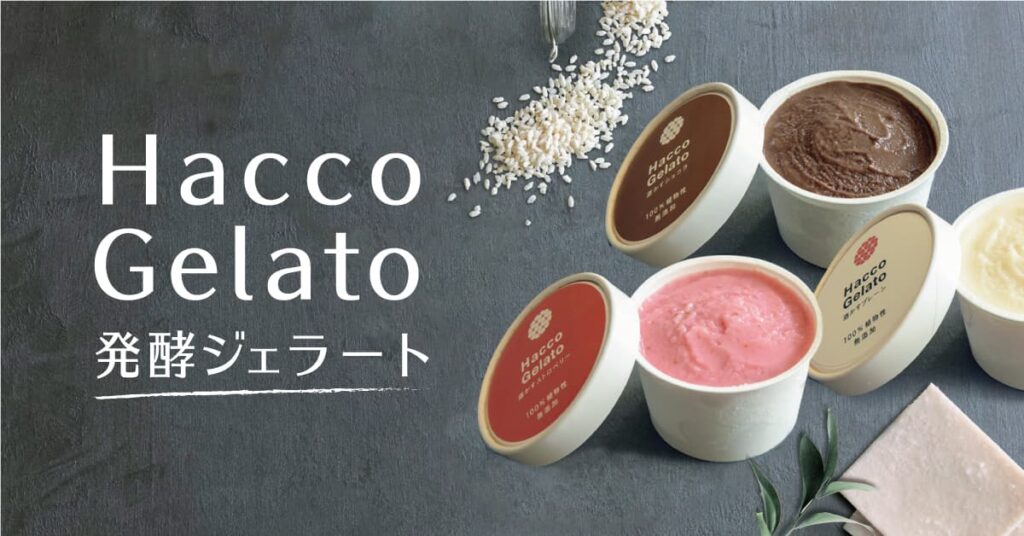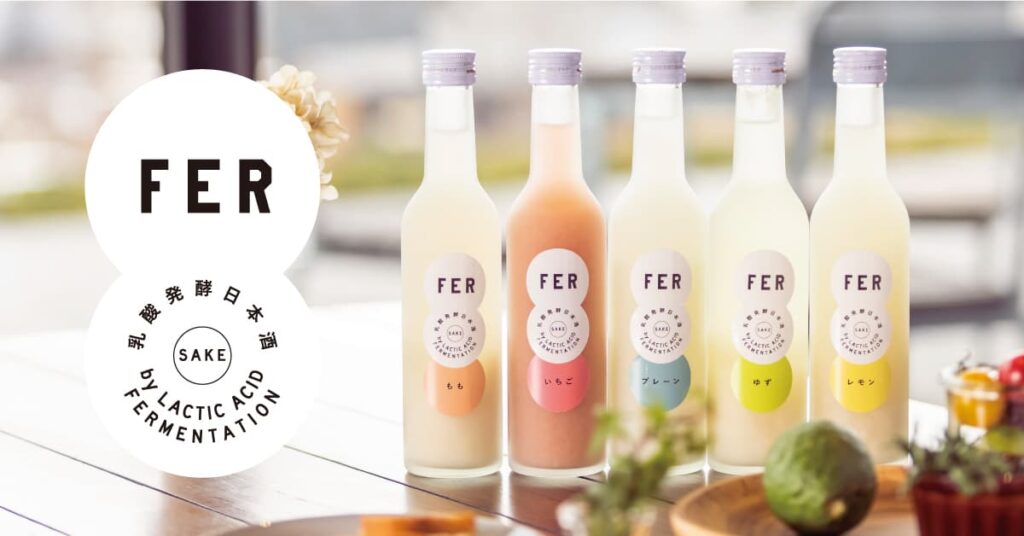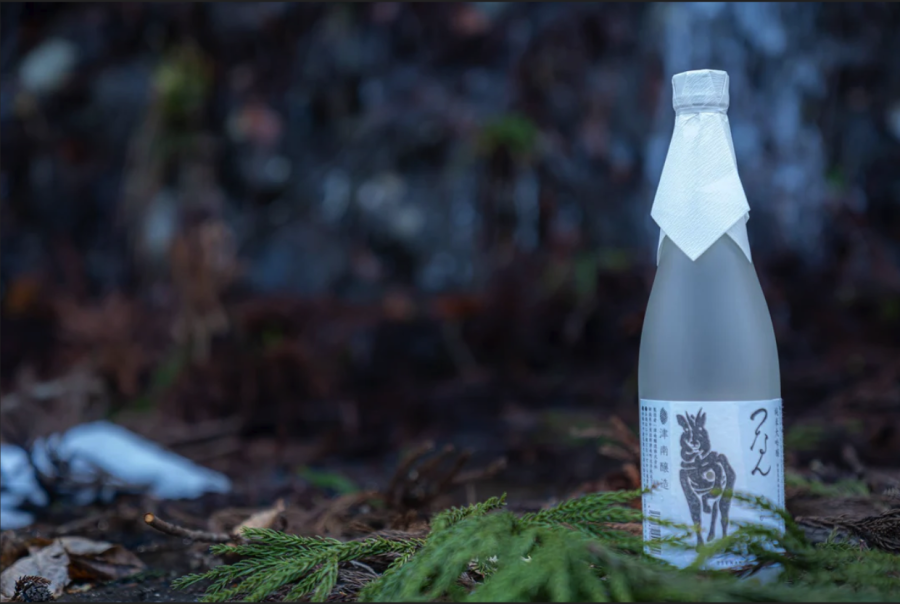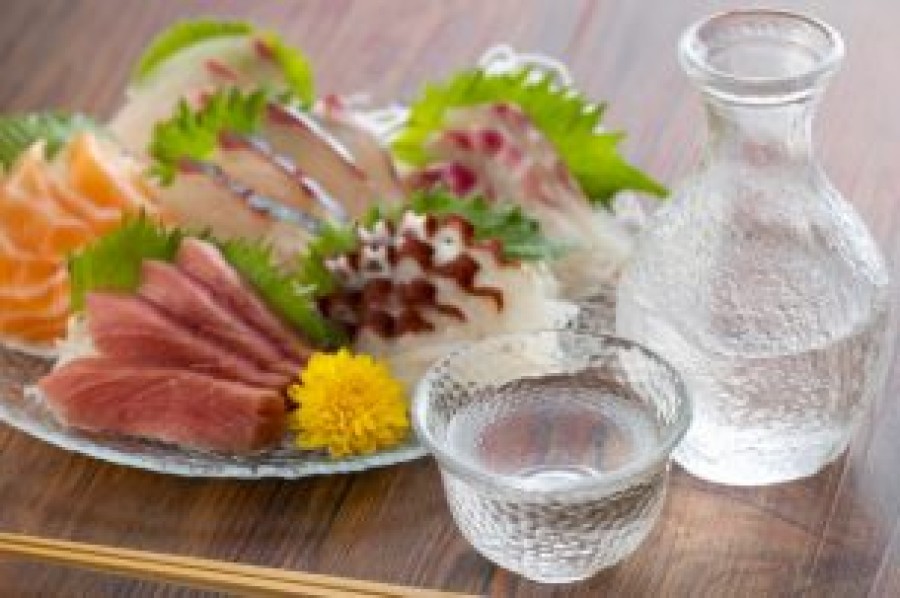酒粕&発酵専門店「Hacco to go!」です。
Sakekasu Drink & Sweets Shop from Nagaoka City, Niigata Prefecture, a town of sake, researching recipes and tips to make sakekasu more tasty and enjoyable to use in daily life.
This time, we researched 'sake lees raisins'.
We made a sake-kasu version of everyone's favourite rum raisin. Not only do we knead the sake lees and raisins, but we also teach you the points that only a sake lees specialist can make tasty. Please try making it at home using this recipe.
The Hacco to go! way! How to make sake lees raisins
All you need is sakekasu, raisins and sake! That's all you need to make delicious sakekasu raisins.
[Material].
- Sake lees - 100 g
- Raisins - 70 g.
- Sake - 2 tbsp.
So, let's get on with making sake lees raisins the Hacco to go! way!

Prepare 100 g of sake lees paste and about 70% of that amount of raisins.
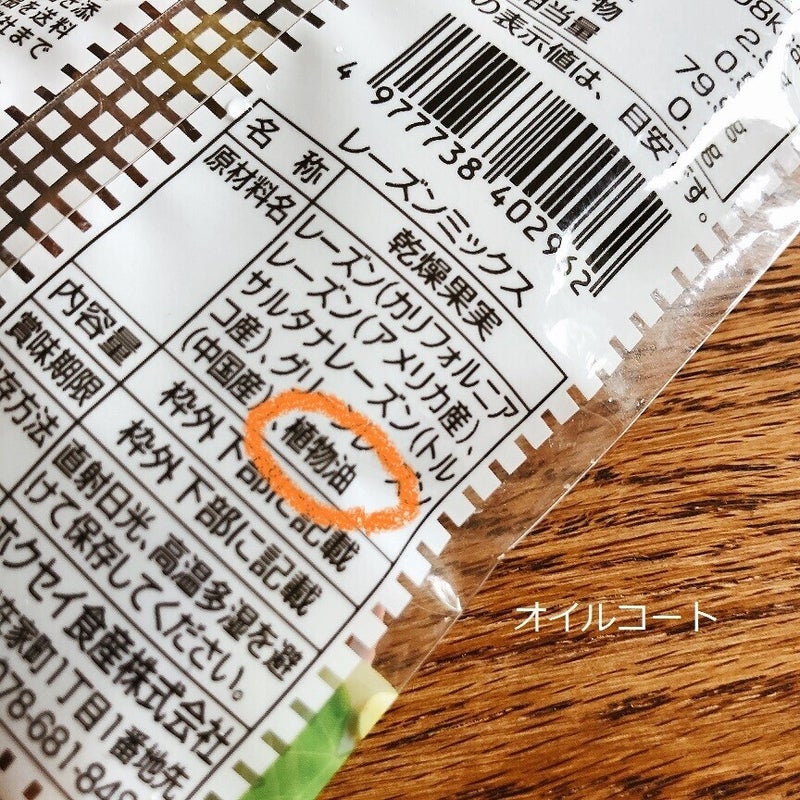
Most commercially available raisins are oil-coated. They can be made as they are, but removing the oil from the surface will make it easier for the raisins to soak in.
'What is an oil coat?' If you are wondering, check the name of the ingredients. If it says oil, such as vegetable oil, it means the raisins are coated with oil.
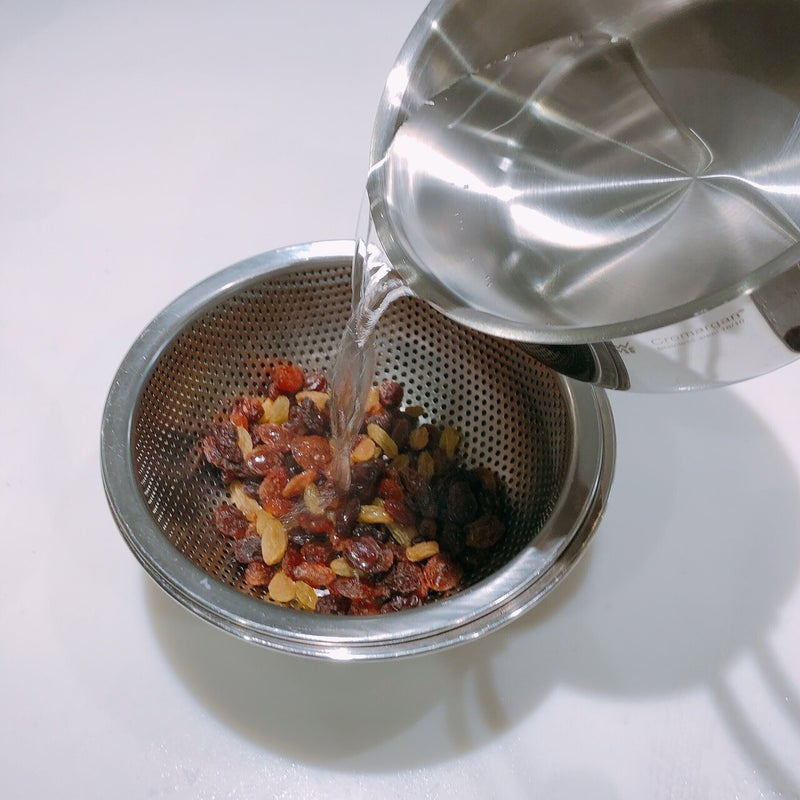
First, turn the boiling water around to take the oil off the surface.

Change the kitchen paper twice and wipe thoroughly to ensure no water remains. If water gets in, it can cause spoilage. Make sure you drain the water thoroughly here.
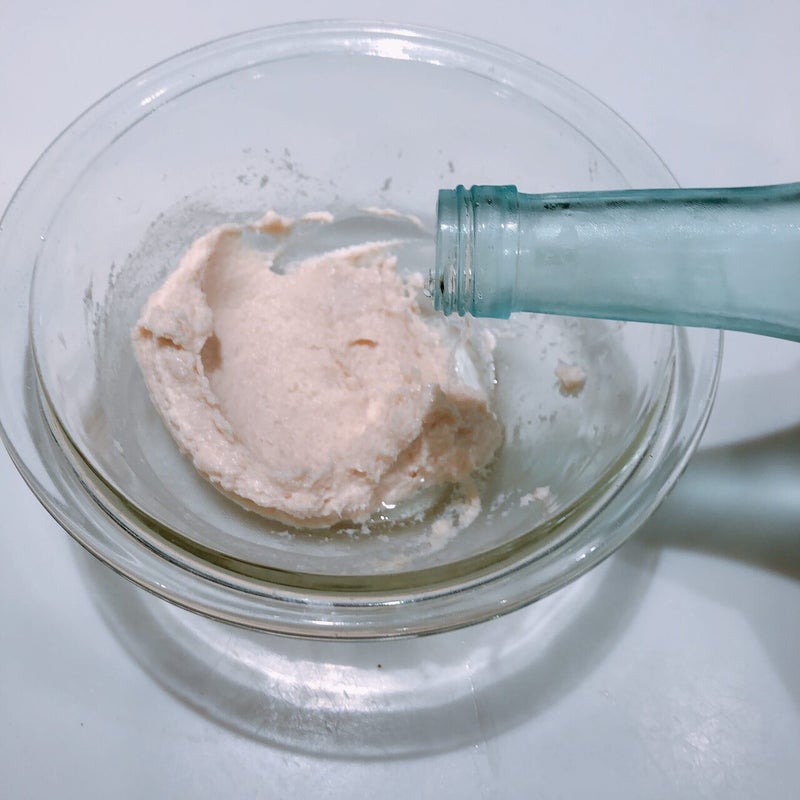
Once the raisins have been prepped, it's time for the sake lees!
If possible, it is preferable to use soft sake lees from bag pressing, etc., but most sake lees sold on the market are hard 'plate lees'.
If this is the case, add about 2 tbsp of sake, cover with plastic wrap and warm for 15~20 seconds. A little heat should soften them.

Knead thoroughly to form a soft paste. If there is not enough alcohol, add a small amount to soften it.
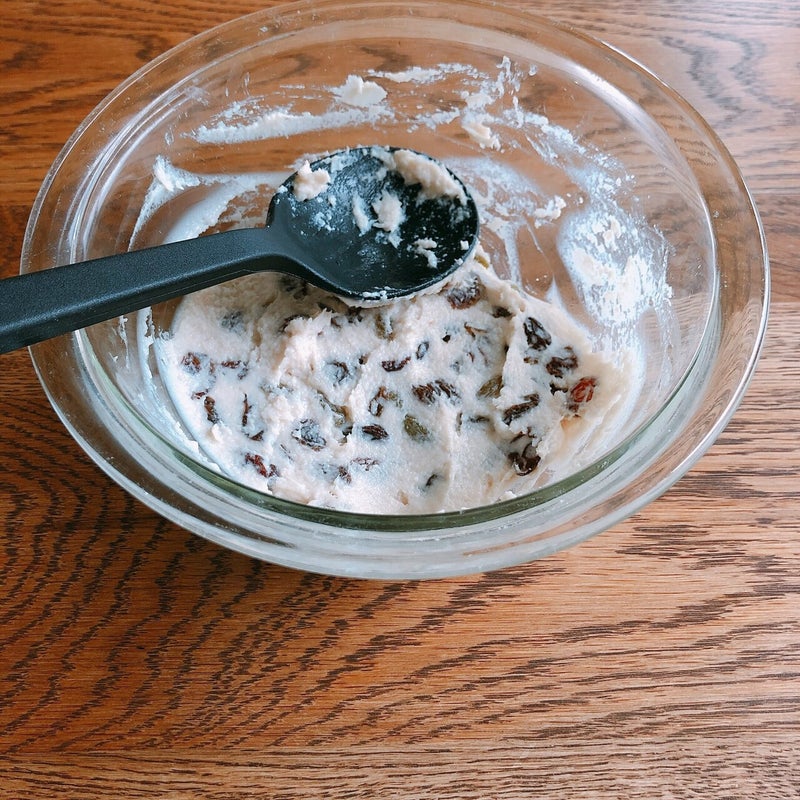
Then add the raisins, which were drained first, and mix.
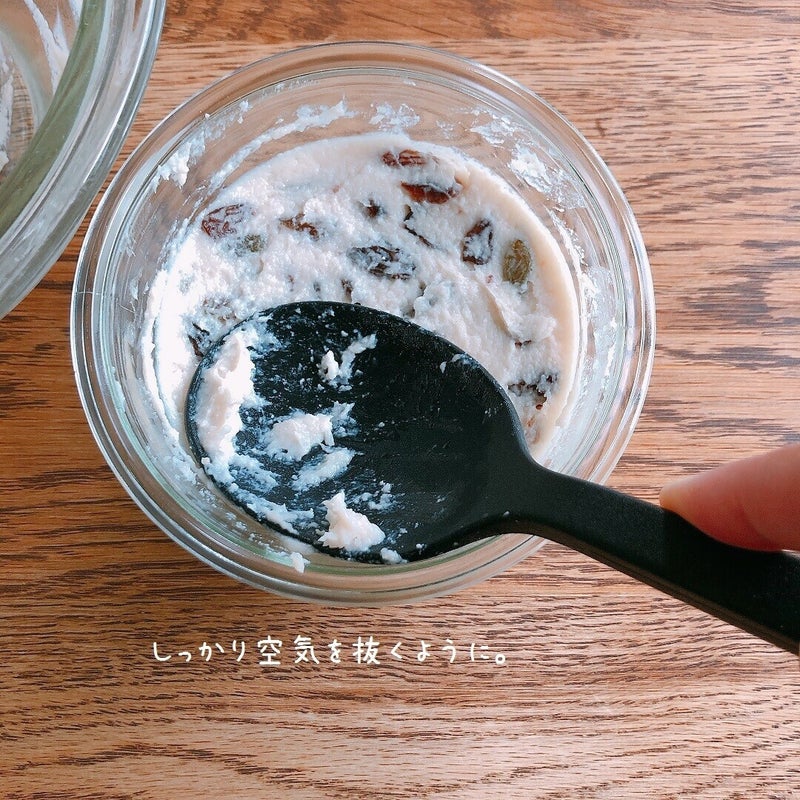
Once thoroughly mixed, they are now packed in jars to be soaked in the fridge.
The key is to pack it tightly so that air can escape. Fill glass containers sterilised with alcohol, etc., firmly from the bottom so that they are smooth.
Air prevents it from soaking in evenly and can cause partial oxidation, changing the taste and colour. Unlike rum, the alcohol content is low, so air it out thoroughly when soaking.
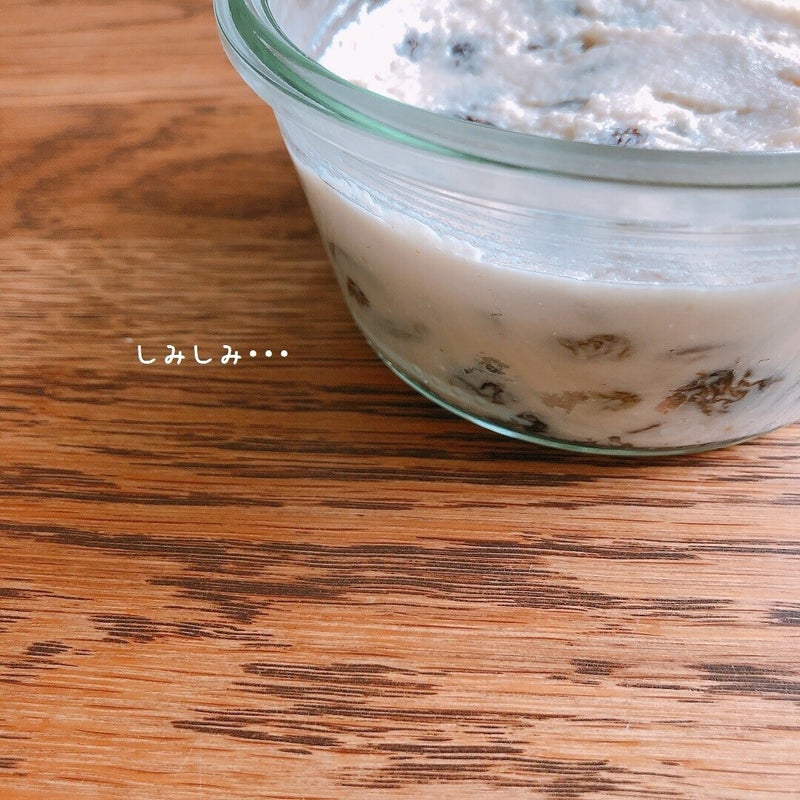
Then you can marinate in the fridge for 2~3 days. Enjoyment.
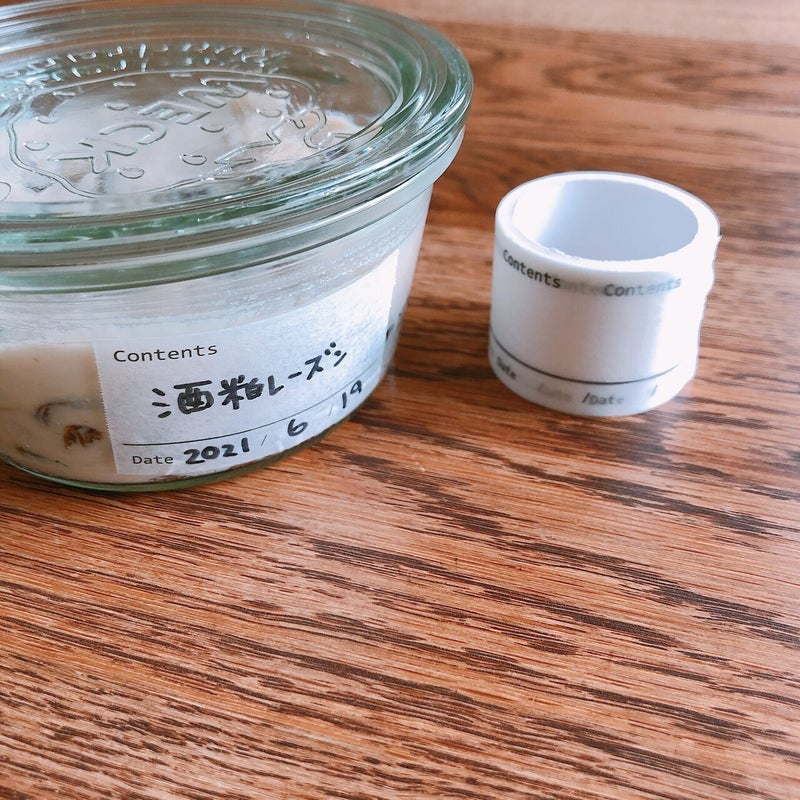 Masking tape that doubles up as labels, bought from a 100 yen shop, works great! It's very convenient to put names and dates on it.
Masking tape that doubles up as labels, bought from a 100 yen shop, works great! It's very convenient to put names and dates on it.
The flavour of sake is transferred to the soaked raisins, giving them an atmospheric taste. The texture is sticky like cream cheese, and the more you bite into it, the more sake is gradually released.
You can eat them as they are, mixed with vanilla ice cream, or lightly baked on buttered toast. Instead of raisins, dried fruits such as apples and mangoes are also recommended.
A simple recipe that is easy to mix and dust off. Try it and see for yourself.
advertisement
What is the difference between rum and sake?
What kind of alcohol is rum in the first place? If you had to ask again, wouldn't you be able to answer?
So we've investigated how it differs from sake!
❒ Basic information on rum
Country of origin: Cuba, Jamaica, etc.
Alcoholic beverage category: spirits
Ingredients: sugar cane
Alcoholic strength: 40° C
Classification by colour: 'White rum (silver rum)', 'Gold rum (amber rum)', 'Dark rum'
Rum is often thought of as a South American drink, reminiscent of Caribbean pirates or mojitos. It is a flavourful liquor made from sugar cane brown sugar.
❒Basic information on sake
Country of origin: Japan
Sake classification: sake
Ingredients: Rice, Rice malt
Alcohol content: around 15° C (19-20° C in the original)
Classification: Classification by specific name, e.g. Junmai Daiginjo, Ginjo, Junmai-shu, Honjozo, etc.
Sake, on the other hand, is a fermented food that uses a mould called 'kouji'. Rice is saccharified by kouji mould and alcohol is produced by yeast. This becomes 'moromi' like porridge, which is strained and separated into clear 'sake' and rice paste 'sakekasu'. The result is sake-kasu, which is squeezed out of the sake.
Rum and sake have different ingredients and alcohol content. Yet, when kneaded together with raisins, they both have a flavourful taste.
Both rum raisins and sake lees raisins can be freely arranged. Please try to find your own original way of eating them.
▼ Here's a handy little pack of sake lees!
▼ Clean from the inside out! Sake lees smoothie base is here!
▼ A drink shop using sake lees is now available at Niigata Station!
————————————-
店舗やメニュー情報はこちら
Hacco to go! HP https://haccotogo.com/
インスタグラム @haccotogo
Twitter @Haccotogo
advertisement



